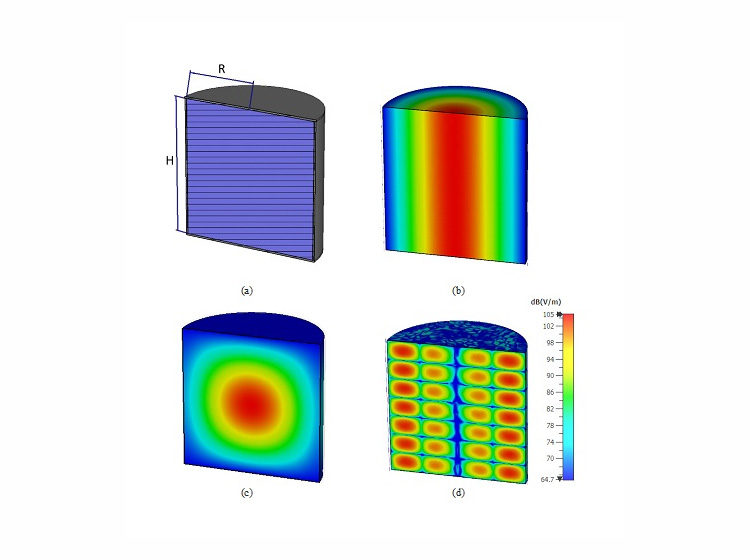Amplifiers are essential for the correct operation of all communication systems. In addition to the requirements for their linear operation, there is also a requirement for efficiency. Usually, efficient amplifiers are not necessarily linear and the process of linearization is usually performed using a Digital Pre-Distorter (DPD) on an efficient amplifier, which distorts the input signal in a specific way to yield a linear output. There are several amplifier efficiency enhancement techniques, however, the Doherty amplifier, introduced in 1936 [1], has been the mainstay in the telecommunications industry due to its inherent simplicity and efficiency.
However, the conventional Doherty power amplifier (DPA) theory is limited to single carrier operations, leading to a non-generic structure. This paper presents a new analysis that generalizes the Conventional DPA (CDPA) theory for increased efficiency and bandwidth. We demonstrate that by introducing a theoretical parameter α at the output combiner, we can redefine the relationships among the output combiner elements for a greater level of design flexibility than it was possible in the CDPA. We also show that previously published works in this area can be considered as special cases of the proposed general theory. As a demonstrator, a specific design, named reduced-α DPA, realized using GaN HEMTs is provided to illustrate the robustness of the approach. This design proves effective for further improving the performance of the previously published 2.14-/2.655-GHz dual-band parallel DPA. A maximum drain efficiency of 84% and 67% at an average of 43-dBm peak and 6-dB back-off power levels, respectively, was measured with continuous wave signals. To quantify the linearity performance, the proposed DPA was tested using wideband CDMA and long-term evolution signals where the adjacent channel leakage ratio was recorded at -25 dBc with an average output power of 38.7 and 36.5 dBm at 2.14 and 2.655 GHz, respectively.




Leave a Reply